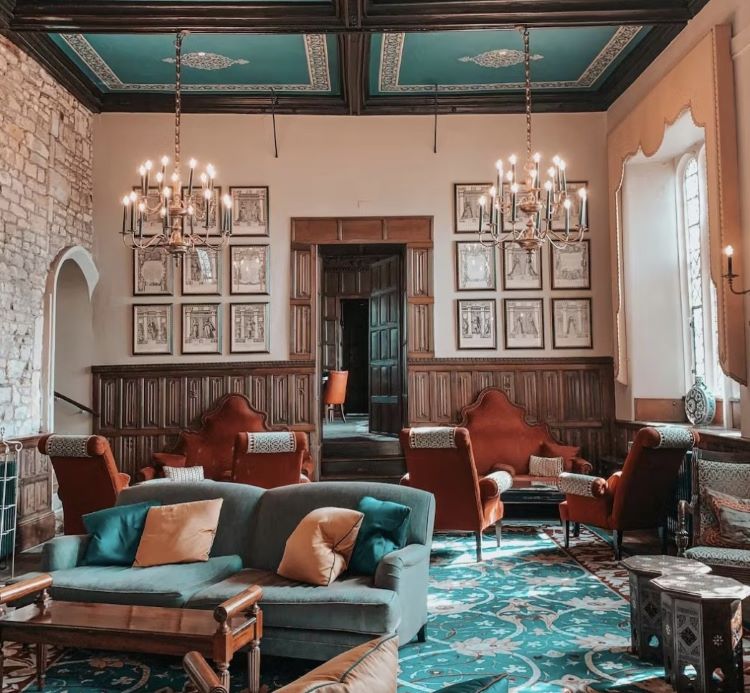John Koldowski, Special Advisor to the CEO of PATA and Professor & Foreign Expert, LSNU School of Tourism, Sichuan Province, China, recently spoke at a webinar organised by PATA, titled “International Visitor Arrivals in Asia Pacific in 2020 and Expectations for 2021.” He believes that a return to pre-pandemic or 2019 level is not likely before 2023.
Nisha Verma
Claiming that the global position from tourism’s point of view is fairly dramatic, John Koldowski said that the impact of COVID is that we are going to receive about 700 million fewer international tourist arrivals in 2020, year-to-date, relative to January-August. Koldowski said that a question that must be asked is, “Do we actually want to return to that level of global arrivals or is there a better way?” He said that the UNWTO has suggested that there are three pathways or scenarios through this morass. “None of them are getting above the line in this year. In fact, the third scenario, which is a loss of 78 per cent, is tracking down live for quite some time. These scenarios are always made on the best information available at the time of producing these scenarios. However, as new information comes to life, they need to be fed into these models and it could dramatically alter the pathways of some scenarios’ progression, and that’s what is denoted by the solid blue line (refer to first image), which is the actual data followed by the dotted line, which are estimates for July and August. Everything is based on data, and the more data we can get, the better it is to make an estimate going forward.”
World Economic Forum
Citing the ‘World Economic Outlook’ report, Koldowski said, “The economic sentiment is getting a little better, according to the respondents. About 19 per cent believe that the economy would still be the same but, more importantly, 29 per cent believe it’s going to get worse and that has been steadily decreasing. Hence, there has been a certain sense of bullishness. However, it will not get back rapidly to what it was in 2019.” Koldowski added that in terms of regions and countries that believe it’s going to be better in six months, Greater China leads the pack, then India, then Asia Pacific, and even North America is there. In Europe, it is trending down the other way, as they are starting to feel a little gloomier. Hence, even though there is gradually a growing sense that things will get better, it is not uniform across the globe.”
IVAs, according to PATA
According to PATA, in 2019, it was a nice, steady progression upwards and then there was a drop of about 83 per cent in 2020. “Based on the latest data, in Americas, it was a drop of 69.9 per cent, in Asia it is 86-87 per cent now. In Northeast Asia, there is a stronger drop (90.3 per cent); in South Asia also a drop of 76.3 per cent; Southeast Asia (82.1 per cent drop), and the numbers are really falling to very low levels in West Asia (77.1 per cent); Pacific (79 per cent); Melanesia (80.6 per cent); Oceania (78.8 per cent); and Polynesia (78.4 per cent). This is what we are getting to right now and where we expect to be by the end of 2020,” revealed Koldowski. Projecting some likely scenarios for the next few years by looking at 39 destinations in Asia Pacific, Koldowski revealed, “In the worst case scenario, 2021 is going to be a bigger downturn even from what we are experiencing this year. The most likely scenario would still be down, and in the best case, we might see a little bit of growth. However, it’s not until 2022 that we start to see that curvature begin to move upwards a little more strongly. Even here, under the best-case scenario, 2023 is unlikely to get back to where the 2019 level was—703.387 million IVAs.” Pointing out that the good news is that there is expected to be some upward movement, Koldowski said that we need to know where it is coming from. “Hence, looking just at the medium scenario, for 2019, 2020, 2021 and 2022, the proportion of arrivals from Asia into Asia Pacific in 2019 was 64.4 per cent. In 2020, it’s going to drop substantially to 44 per cent, a slow return in 2021 and by 2022, it’s starting to get close to where it was (61.92 per cent). This is the medium scenario. Under the lower-case scenario, it will be a lot slower, but under the best case, it will be quicker.”
Lead indicators – air capacity changes
“We looked at the air capacity and how that is deployed to various ports around AsiaPacific and across the globe, and the source was OAG via PATAmPower,” said Koldowski, adding, “If we look at inbound flights, a similar trajectory is seen as we saw with the scenarios. While growing nicely in 2019 it fell suddenly, now it’s a long growth back to some level of capacity, which will happen by the Q3 2021.”
 TravTalk India Online Magazine
TravTalk India Online Magazine





